The Philippine government is very active in saving endangered animals in the Philippines. One of the known endangered animals in the country is the Philippine Eagle. In order to save this animal a Philippine Eagle Foundation was organized in 1987. This is a non-profit organization dedicated to save the eagle and its habitat. The foundation works hand in hand with the Philippine Eagle Center.
The Philippine Eagle Center is the home to 36 Philippine Eagles, 18 of which are captive-bred. It is also a home to other animals. It is situated in Davao City Water District’s (DCWD) Watershed Park in Malagos, Davao. The center depicts a tropical rainforest environment which offers visitors a glimpse of the Philippines’ forest ecosystem.
The Philippine Eagle Center used to be primarily a breeding and conservation facility, but it has opened its doors to the viewing public for educational purposes. Exhibits in the center are used primarily to help educate the people on conservation. Because of the growing number of visitors, the center is also considered as a major tourist attraction in Davao City.
The Philippine Eagle Center houses different flora and fauna. Visitors would surely enjoy looking at the different animals like owls, crocodile, different kinds of eagle, monkeys, civet and many more. There is a concrete trail going to the different cages of the animals. There is also a huge pond which houses the different kinds of fish like carpa, koi and a lot more.
The Philippine Eagle Center offers educational programs for visitors such as the following:
- Keeper Talk – This activity is offered at a specific time and the bird’s keeper will talk about the bird’s characteristics,facts and life inside the center. This will give the visitors a clear picture of the bird’s life cycle.
- Falconry – This is a very interesting activity as keepers will allow the birds to fly in order to delight and impart knowledge to the viewers.
- Open Classroom Project – This is an activity wherein students will learn and enjoy knowing the eagles and its life in totality.
The Philippine Eagle Center offers a tour guide for free but you need to call PEF office and book in advance to ensure the availability of the tour guide during your visit.
Rates
Guests need to pay P50.00/person for adult and P30.00/person for youth (18 yrs and below) as entrance fee at the Philippine Eagle Center. Since the center is inside the DCWD watershed, everyone should pay a minimal fee of P5.00/person as the entrance fee for the watershed. School groups with at least 30 students will be given a 10% discount and the same privilege is given to family with groups of 10.
How to get there
Getting to the Philippine Eagle Center will take 45 minutes to an hour from Davao City depending on the traffic. It can be reached either by private or public vehicle. One can take van for hire going to Calinan at Bangkerohan terminal for P40.00/person. Take note that upon paying for the fee they will give you chips which serve as the ticket. Red chips are of high priority than blue chips, so make sure to ask the collector regarding the color of the chips they are collecting. From Calinan, take a motorcycle for hire going to Malagos where the Philippine Eagle Center is located which cost P10.00/person.
More Trivia
Did you know that it costs about P274 to feed and care for one Philippine Eagle at the Philippine Eagle Center per day? The price of the entrance ticket helps satisfy around 20% of their total daily requirement. That means that every 5-6 visitors in the Philippine Eagle Center are feeding one Philippine Eagle for the day.
Tourists are helping the Philippine Eagle Foundation meet its needs, fulfilling not just the needs of the eagles but also fueling the field research, community-based initiatives and conservation education programs.
Simeon V. Latayan, a prominent business leader in Davao City, donated one hectare of his land to the Philippine Eagle Center. In 1950, he migrated from Batangas to Davao and engaged in farming. His love for the poor was manifested by generating employment for the community. He inspired people through hard work and good examples. He was an active office of the Lions Club of Davao City and the Davao City Chamber of Commerce.
Caltex Philippines donated a Cryogenic Equipment. It is a state-of-art used in artificial insemination program for captive breeding. This is because of the continued deforestation which endangered the Philippine Eagle population. There are no more than 400 Philippine Eagle pairs left in the world as of May 2008. This is why they are addressing the challenge to ensure that this magnificent bird will survive so that future generations of Filipinos will be able to appreciate its beauty.
The Elias Lopez Facility is used for incubation and rearing which is very crucial to the propagation of the endangered Philippine Eagle and other raptors. This is where eagle eggs are hatched and where newborn chicks are nurtured to give hope to their species. It was inaugurated on June 14, 2005 in celebration of the 7th Philippine Eagle Week.
The Education Center for Biodiversity Conservation is supported by the People of Japan under Grant Assistance fr Grassroots Projects. It was Inaugurated on March 26, 2002 by PEF Chairman of the Board, Manuel M. Garcia and Japanese Ambassador to the Philippines H.E. Yoshihisa Ara.
The Philippine Eagle Center Visitors Lounge is supported by the Department of Tourism to promote eco-tourism development and nature conservation in Davao City. It was inaugurated on June 4, 2008.
The upcoming 1st Asian Bird Fair in Davao will be held on September 24-25, 2010 at the Waterfront Insular Hotel Davao. The admission is free.
For more information about the Philippine Eagle Center,please visit their website at http://www.philippineeagle.org.
This page is last updated on






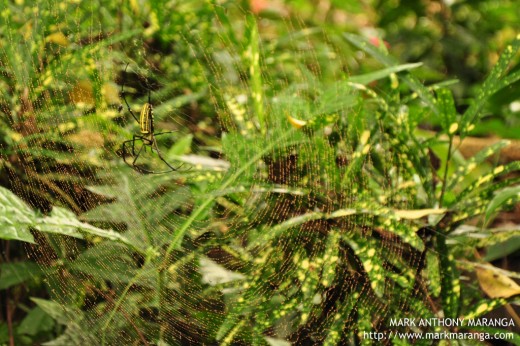
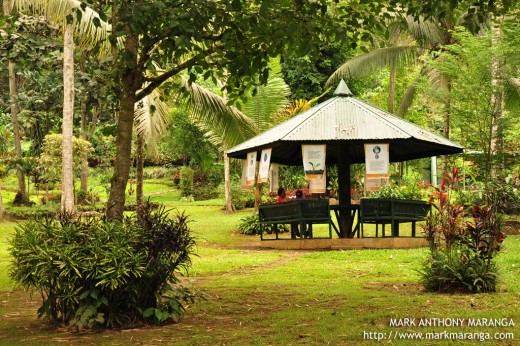
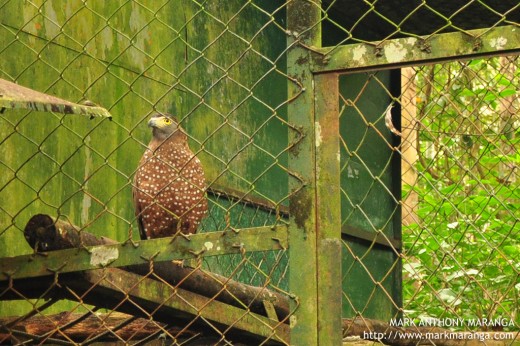










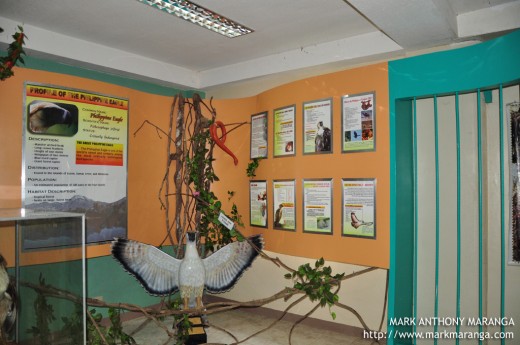
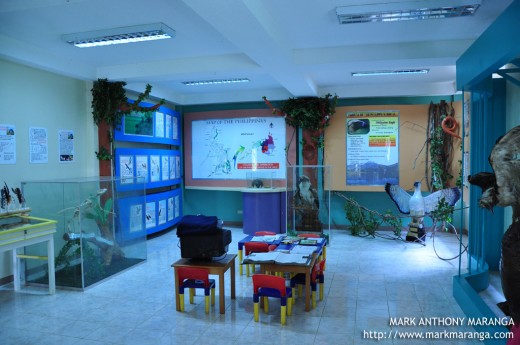


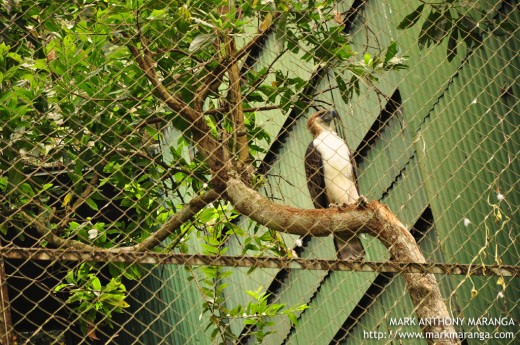




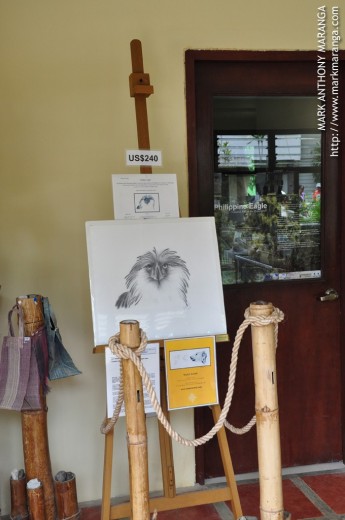

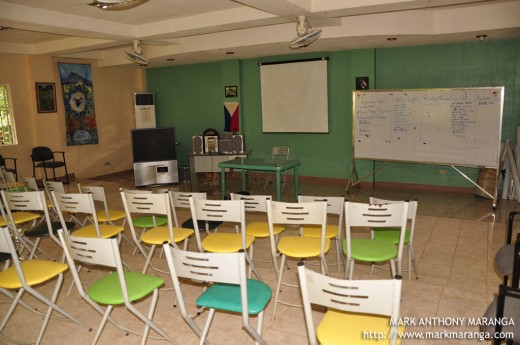


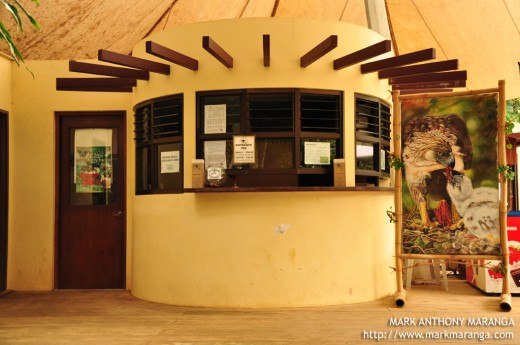






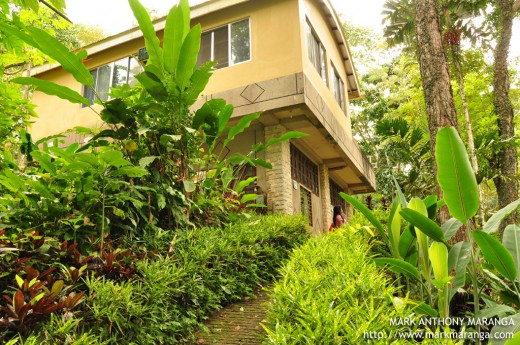


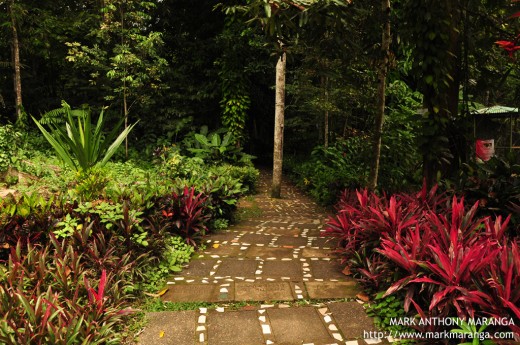



















the one you tagged as young philippine eagle is not a philippine eagle at all but a philippine hawk eagle cheers
Keep philippines eagle as a centerpoint of unity and hope.contribute in a little way.God bless us Filipino